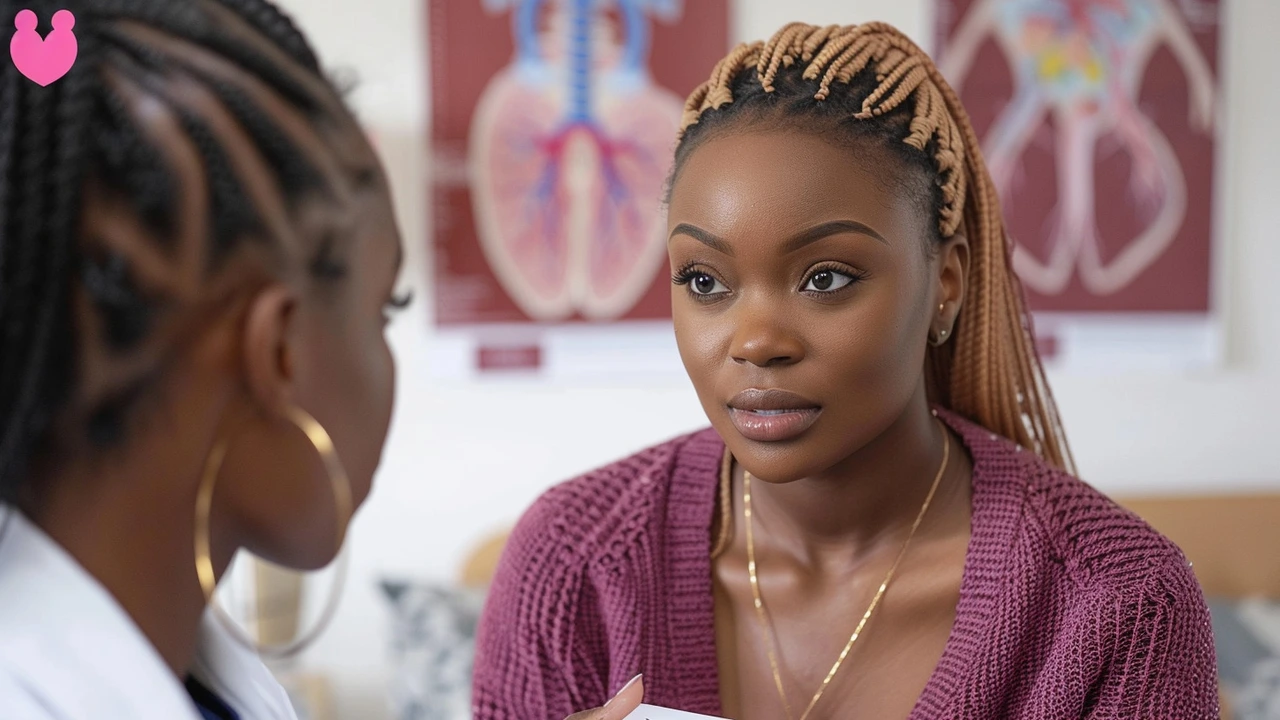Chlamydia: quick facts, testing, treatment, and prevention
Chlamydia is a common sexually transmitted infection (STI) that often has no symptoms. If you do notice something, it’s usually mild—light discharge, burning when peeing, or pelvic pain. Because many people don’t feel sick, testing is the only reliable way to know.
How testing works
Testing is fast and simple. Most clinics use a NAAT (nucleic acid amplification test) which is very accurate. For people with vaginas the test usually uses a self-collected vaginal swab or urine. For people with penises, a urine test is common. Rectal or throat swabs may be needed if you’ve had sex in those areas. Many clinics, Planned Parenthood sites, and some private labs offer same-day or rapid results.
If you test positive, your provider will explain treatment and partner notification. If you test negative but had recent exposure (within a week), repeat testing after 1–2 weeks may be recommended because tests can miss very new infections.
Treatment and what to expect
Treatment is usually straightforward. The preferred drug for most non-pregnant adults is doxycycline 100 mg taken twice daily for 7 days. For pregnant people, a single 1 g dose of azithromycin is commonly used. Finish the full course exactly as prescribed. Avoid sex for 7 days after single-dose therapy or until you and your partner(s) finish treatment and symptoms are gone. This prevents passing the infection back and forth.
Most people feel better within a few days of starting antibiotics, but symptoms can take longer to fully resolve. Retesting about 3 months after treatment is a good idea—re-infection is common if partners aren’t treated. A test of cure (repeat test soon after treatment) is usually only needed in pregnancy or if symptoms persist.
Untreated chlamydia can lead to complications. In people with vaginas it can cause pelvic inflammatory disease (PID), which raises the risk of infertility and ectopic pregnancy. In people with penises it can cause epididymitis. Babies born to infected people can get eye infections or pneumonia. Rarely, untreated infection can trigger reactive arthritis.
Prevention is practical: use condoms consistently, get regular STI testing if you’re sexually active (especially with new or multiple partners), and talk openly with partners about testing and treatment. If a partner tests positive, they should be treated too. Many clinics offer partner services or anonymous notifications to help with this.
If you have symptoms, a positive test, or recent unprotected sex, get checked. Early treatment is simple and prevents most complications. If you’re unsure where to test, local health departments and sexual health clinics can point you to low-cost or free options. Don’t wait—testing and treatment are straightforward and effective.

